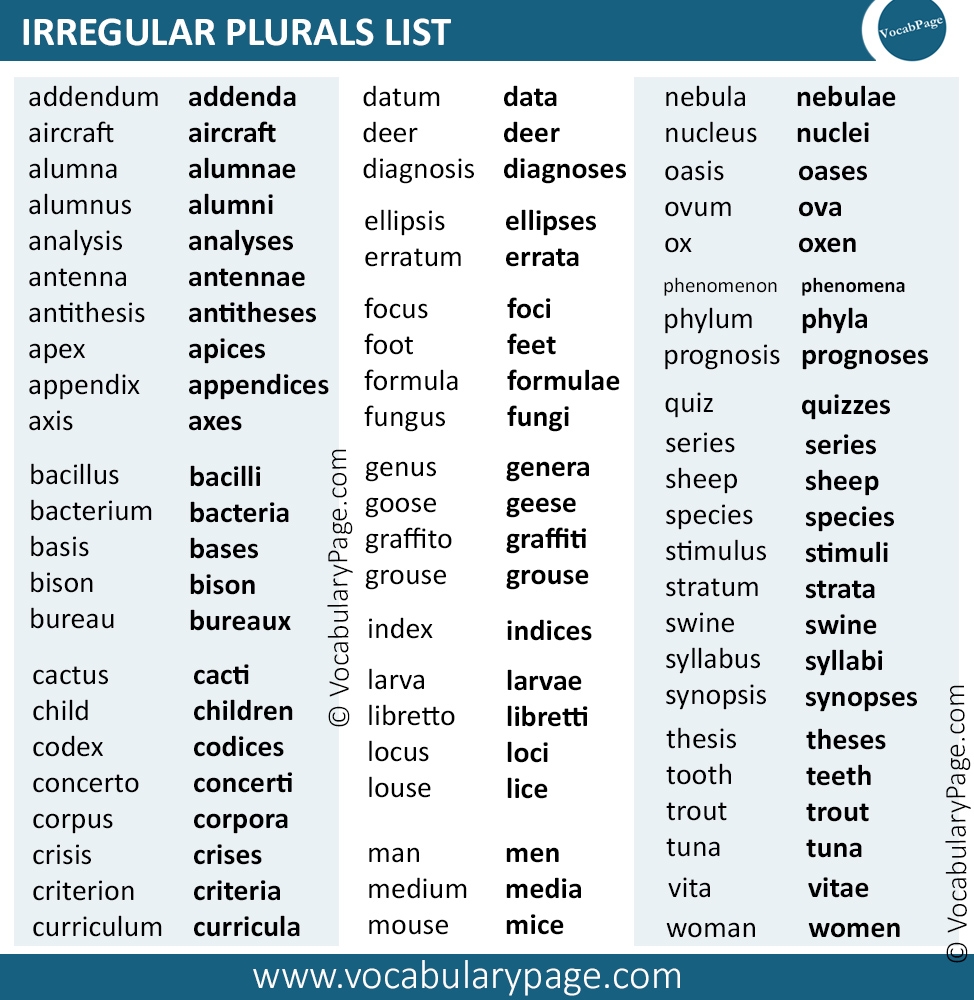In the English language, nouns can be either singular or plural depending on whether they refer to one or more than one thing. Understanding when to use singular or plural forms of nouns is essential for clear communication. Let’s explore the differences between singular and plural nouns.
Singular nouns refer to one person, place, thing, or idea, while plural nouns refer to more than one. For example, “dog” is a singular noun, while “dogs” is its plural form. To form the plural of most nouns, you simply add an “s” at the end. However, there are some exceptions to this rule, such as nouns ending in -s, -x, -z, -ch, or -sh, which require an “es” at the end to form the plural.
When using singular nouns, we typically use the indefinite articles “a” or “an” before the noun. For example, “a cat” or “an apple.” On the other hand, when using plural nouns, we do not use indefinite articles. For example, “cats” or “apples.” It’s important to pay attention to the number of the noun to ensure proper agreement with other parts of speech in a sentence.
When writing or speaking, it’s crucial to match the subject with the verb in terms of number. Singular subjects require singular verbs, while plural subjects require plural verbs. For example, “The dog barks” (singular subject and verb) versus “The dogs bark” (plural subject and verb). This agreement between subject and verb helps to maintain clarity and coherence in communication.
Additionally, when using pronouns to refer back to nouns, it’s important to ensure that the pronouns are in agreement with the number of the nouns. Singular nouns require singular pronouns like “he,” “she,” or “it,” while plural nouns require plural pronouns like “they” or “them.” For example, “The dog wagged its tail” (singular) versus “The dogs wagged their tails” (plural).
In conclusion, understanding when to use singular or plural forms of nouns is essential for effective communication in English. By paying attention to the number of nouns, using proper agreement with verbs, and matching pronouns accordingly, you can ensure clarity and coherence in your writing and speech. Practice using singular and plural forms of nouns to improve your language skills and enhance your communication abilities.
